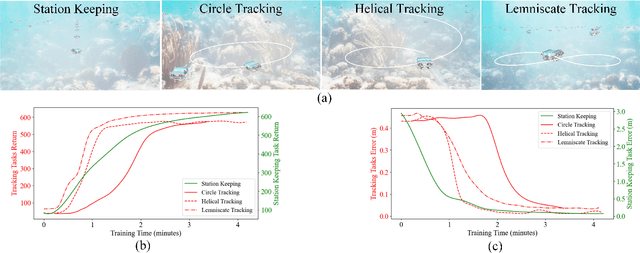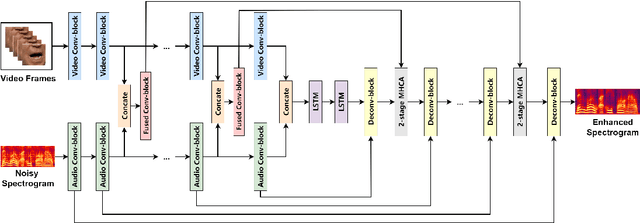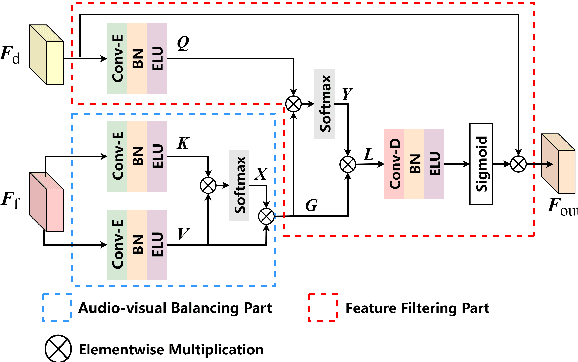Dejun Li
MarineGym: Accelerated Training for Underwater Vehicles with High-Fidelity RL Simulation
Oct 18, 2024
Abstract:Reinforcement Learning (RL) is a promising solution, allowing Unmanned Underwater Vehicles (UUVs) to learn optimal behaviors through trial and error. However, existing simulators lack efficient integration with RL methods, limiting training scalability and performance. This paper introduces MarineGym, a novel simulation framework designed to enhance RL training efficiency for UUVs by utilizing GPU acceleration. MarineGym offers a 10,000-fold performance improvement over real-time simulation on a single GPU, enabling rapid training of RL algorithms across multiple underwater tasks. Key features include realistic dynamic modeling of UUVs, parallel environment execution, and compatibility with popular RL frameworks like PyTorch and TorchRL. The framework is validated through four distinct tasks: station-keeping, circle tracking, helical tracking, and lemniscate tracking. This framework sets the stage for advancing RL in underwater robotics and facilitating efficient training in complex, dynamic environments.
Improving Visual Speech Enhancement Network by Learning Audio-visual Affinity with Multi-head Attention
Jun 30, 2022



Abstract:Audio-visual speech enhancement system is regarded as one of promising solutions for isolating and enhancing speech of desired speaker. Typical methods focus on predicting clean speech spectrum via a naive convolution neural network based encoder-decoder architecture, and these methods a) are not adequate to use data fully, b) are unable to effectively balance audio-visual features. The proposed model alleviates these drawbacks by a) applying a model that fuses audio and visual features layer by layer in encoding phase, and that feeds fused audio-visual features to each corresponding decoder layer, and more importantly, b) introducing a 2-stage multi-head cross attention (MHCA) mechanism to infer audio-visual speech enhancement for balancing the fused audio-visual features and eliminating irrelevant features. This paper proposes attentional audio-visual multi-layer feature fusion model, in which MHCA units are applied to feature mapping at every layer of decoder. The proposed model demonstrates the superior performance of the network against the state-of-the-art models.
 Add to Chrome
Add to Chrome Add to Firefox
Add to Firefox Add to Edge
Add to Edge